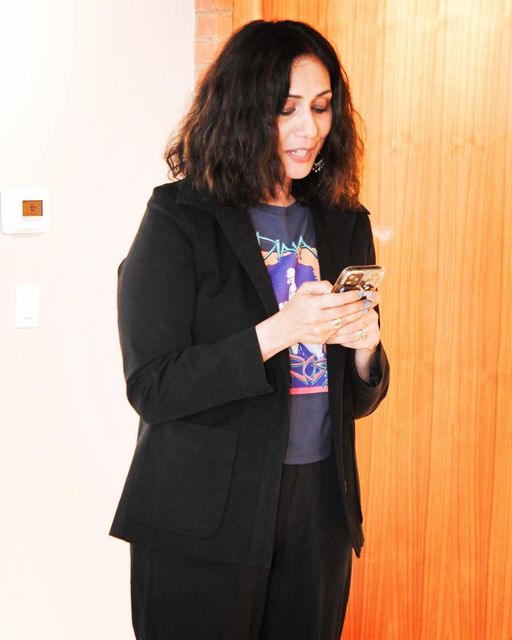yes, there are serious problems with fifa, with professional sports in general, with the horrors that come from hosting large scale international events, and with oppressive war-making regimes. btw most countries of the world fall within those parameters.
however, whatever happens on wed, when morocco goes against france in the semi finals, this much is clear:
1. solidarity from the global south: whether african, amazigh, arab, maghrebi, middle eastern, south asian, muslim, brown or black, people from the colonized south have rallied and celebrated morocco’s history-making games en masse
2. we are the majority: from 1492 to 1914, most of the world was colonized by tiny european nations with limited resources and infinite animus toward each other. therefore, 80% of humans are still coming to grips with colonization and genocide
3. colonialism never ended (it simply transformed and metastasized): we are still controlled by and embedded in racist, capitalist systems so the fight is not over. this is why when the western military-industrial complex goes into overdrive and never-ending wars are activated (like the war on terror or the war on drugs), they whisk together disparate regions and peoples with no regard for history, culture, or political realities – afghanistan, iraq, pakistan, libya, syria, somalia, sudan, yemen, the philippines, cambodia, vietnam, laos, colombia, cuba, guatemala, haiti, honduras, mexico, nicaragua, panama, and puerto rico can all become a monolithic ‘other’
4. consistent support for palestine: palestine has become a symbol of colonial subjugation and a rallying cry for resistance to global systems of oppression. it’s obvious that no amount of political or economic finagling can change that. people are not their governments or regimes, many of which are installed and protected by the colonizing west. the palestinian flag is a f—k you to censorship, political blackmail, and economic arm twisting
so whatever happens on wednesday friends, this is a historic moment. let’s remember it.






